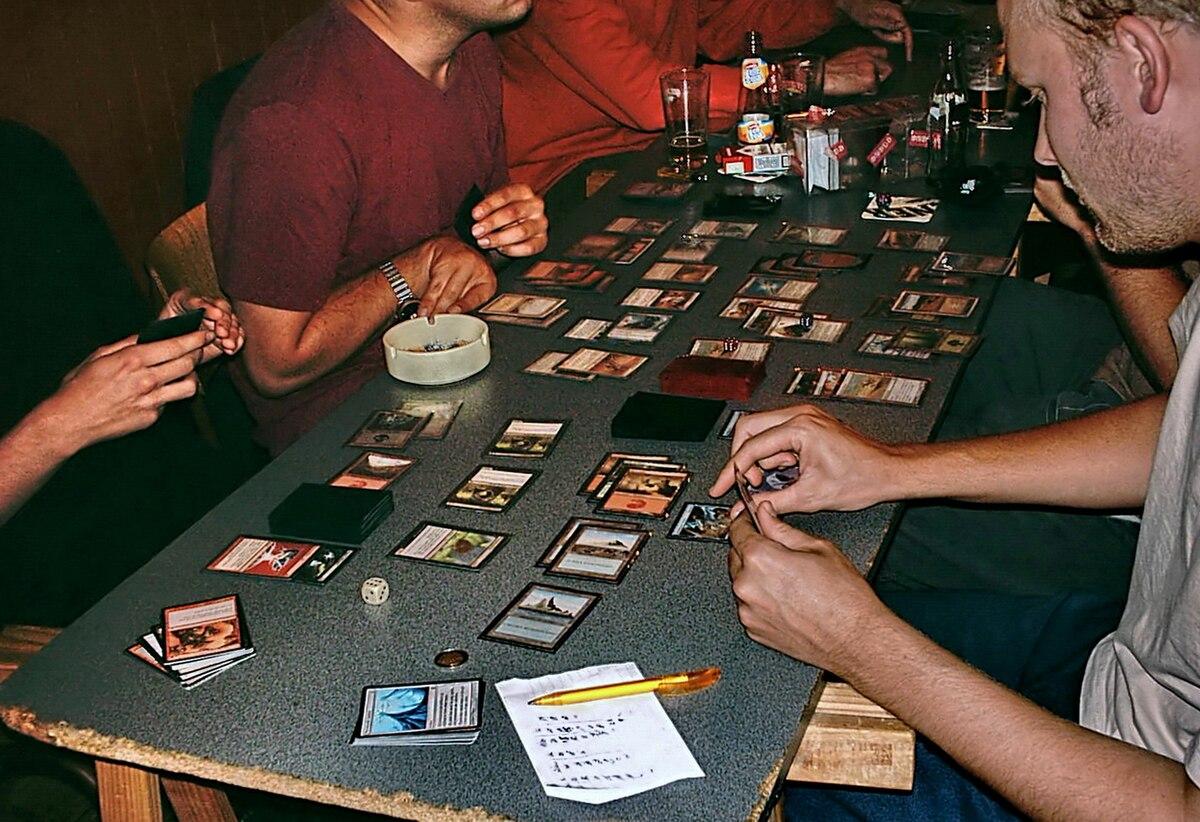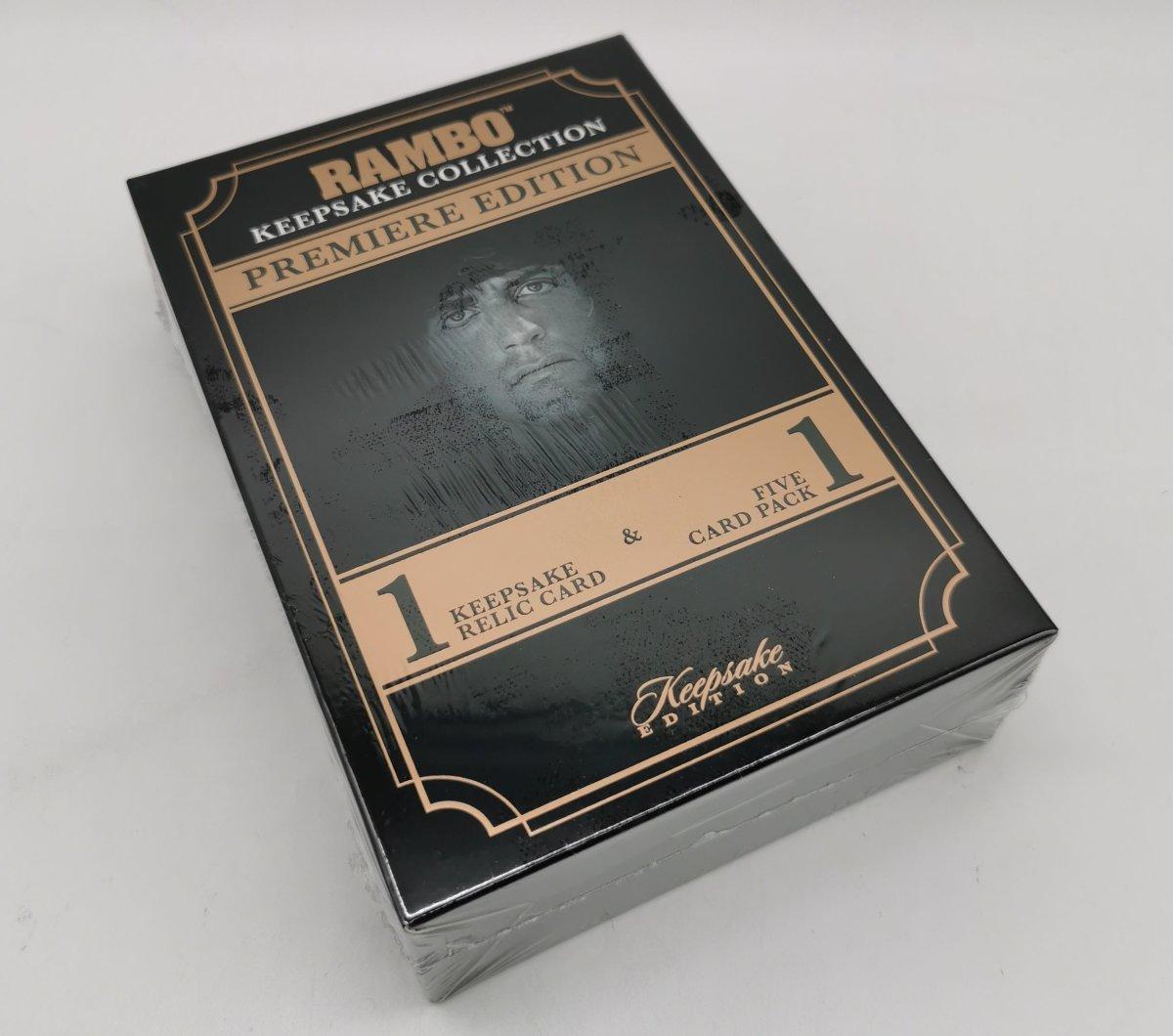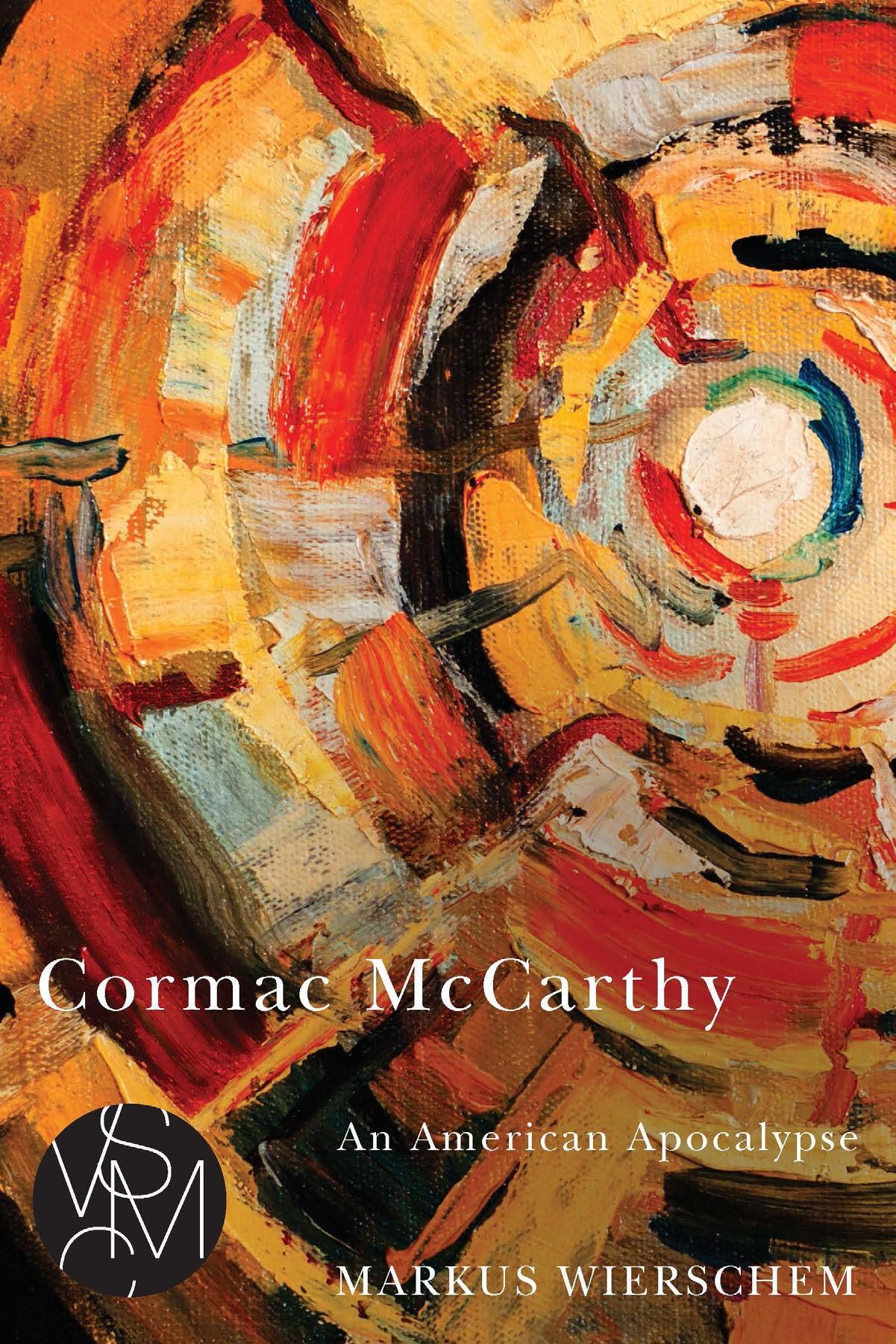“I Can Make You Say ‘Poo’”
Once upon a time, in a magical garden where flowers giggled when the sun smiled and butterflies whispered secrets to the wind, there lived a mischievous little bug named Buzz. Buzz loved nothing more than playing tricks on his friends and making them laugh. One bright, sunny day, he came up with the silliest, most daring challenge ever: “I can make you say ‘poo!’” he buzzed proudly, his tiny wings fluttering with excitement.
But could Buzz really do it? Was there a way to make his best friends—like the serious squirrel named Squeaky, the shy rabbit named Fluffy, and even the grumpy old owl named Hoot—say that funny word? Join Buzz and his friends on a whimsical journey filled withlaughter, surprises, and maybe even a little bit of magic. Because sometimes, the silliest games can lead to the most unexpected adventures!
The Magic of Silly Sounds
The world of words is a playground of sounds, and some of the most delightful ones are the nonsensical, the whimsical, and the downright silly. From the plop of a raindrop to the ribbit of a frog, these sounds have a way of making us smile. But there’s something extra special about those sounds that feels a bit more mischievous—like saying “poo” or “pee” with exaggerated glee. These are the sounds that can turn even the most mundane moment into a burst of laughter, connecting us in a shared joy of silliness.
Let’s take a journey through the onomatopoeic wonderland. Imagine this: in Germany, frogs go “quak quak”, while in Japan, they say “ribbit” is more like “gata gata”. The same frog, different cultures, completely different sounds! Or how about the “moooo” of a cow in English versus the “muuh” in Spanish? The variations are endless, and they’re a testament to how language and sound are shaped by culture and creativity.
Embracing the Power of Playfulness
Playfulness is the unsung hero of personal growth and creativity. In a world that often takes itself too seriously, embracing a lighthearted approach can unlock unexpected possibilities. It’s about finding joy in the mundane, turning challenges into games, and dissolving tension with a well-timed laugh. Playfulness isn’t just for children; it’s a powerful tool that can help us stay curious, adaptable, and resilient. By incorporating moments of play into your daily life, you can reconnect with your inner child and discover new ways to see the world.
Here are a few ways to practice playfulness every day:
- Doodle during meetings or while on calls to keep your mind engaged and creative.
- Turn chores into competitions, like racing against the clock to clean up or making a game out of organizing your space.
- Say “yes” to spontaneous invitations, even if they take you out of your comfort zone.
| Work | Fosters creativity and collaboration |
| Relationships | Strengthens bonds and reduces conflict |
| Personal Growth | Encourages adaptability and resilience |

A World of Whimsy and Wonder
In a world where the ordinary often reigns supreme, it’s refreshing to stumble upon moments that spark curiosity and delight. Imagine a realm where words become games, and sounds unlock unexpected reactions. This is where the art of playful provocation comes alive, turning everyday interactions into opportunities for laughter and connection. Whether it’s through clever wordplay or strategically timed phrases, the power to make someone say something surprising is a lighthearted superpower waiting to be harnessed.
- Discover how a single syllable can trigger a giggle or a groan, depending on context.
- Explore the science behind why certain sounds are universally amusing.
- Learn the art of crafting phrases that are impossible to repeat without a smirk.
| Sound | Pronunciation | Reaction Level |
|---|---|---|
| Poo | /puː/ | ⭐⭐⭐⭐⭐ |
| Bloop | /blʊp/ | ⭐⭐⭐ |
| Flibber | /ˈflɪbər/ | ⭐⭐⭐⭐ |
In this whimsical world, the challenge is simple: can you craft a phrase so ridiculously charming that it leaves others no choice but to respond in kind? The answer, much like the universe itself, is full of endless possibilities.
The Art of Wordplay
is a delightful dance of language, where words are twisted, turned, and tantalizingly arranged to create humor, surprise, or even a bit of mischief. It’s the secret sauce behind punchlines, riddles, and clever comebacks. With a tweak of tone, a flip of phonetics, or a sprinkle of syllabic synchronicity, a phrase can transform from mundane to mesmerizing. Imagine, for instance, the phrase “I can make you say ‘poo’.” At first glance, it seems simple, even silly. But beneath its surface lies a web of wordplay waiting to be unraveled.
Take, for example, the following:
- Puns: The ultimate wordplay warriors, puns rely on double meanings to deliver a punchline. Why did the scarecrow win an award? Because he was outstanding in his field! Groan-inducing, yet undeniably effective.
- Double meanings: Sometimes, words are like onions—they have layers. “Why don’t scientists trust atoms?” asks the comedian. “Because they make up everything!” The audience giggles, not just at the joke, but at the cleverness of it all.
- Anagrams: Rearranging letters can create entirely new words, turning “listen” into “silent” or “acts” into “cats.” It’s a linguistic puzzle that delights and challenges in equal measure.
- Etож они: Even foreign languages can get in on the fun. The Russian phrase “етож они” (pronounced “yezh oni”) sounds suspiciously like “you’re on,” leaving non-native speakers both confused and amused.
- Practical sounds: Sometimes, it’s all about the syllables. “Silent but deadly” takes on a whole new meaning when you break it down, much to the delight (or horror) of your audience.
| Word | Context/Example |
| Bat | In the dark, it’s just a flying creature—but in the right tone, it can sound like something far more… gassy. |
| Wow | Say it fast enough, and you might just find yourself saying something entirely different (and potentially embarrassing). |
| Brew | It’s all about the emphasis. Try saying it in a crowd and see who notices. |
| Dew | Morning dew or something else? The phonetics are suspiciously similar. |
| Glue | Stick with me here—if you say it quickly enough, it’s almost like you’re saying “poo.” |
So, why does this work? Because wordplay taps into our deep love for patterns, rhythm, and the unexpected twist. It’s a reminder that language is both a tool and a toy, capable of creating laughter, confusion, or even a little bit of embarrassment. And sometimes, that’s all you need to make someone say… well, you know.

Spreading Joy Through Laughter
Laughter is one of life’s simplest yet most powerful tools for spreading joy. It has the unique ability to break down barriers, connect people, and turn even the gloomiest of days into something brighter. Imagine this: with just one word—”poo”—you can trigger a giggle, a snort, or even a full-blown belly laugh. It’s not about being crude or childish; it’s about embracing the absurdity of life and finding humor in the unexpected. After all, joy often lies in the little things, and sometimes, a well-timed silliness is all it takes to shift someone’s mood.
Here’s how you can spread joy through laughter in your daily life:
- Embrace the ridiculous: Don’t take yourself too seriously. Life is too short to miss out on the humor in everyday moments.
- Use humor to connect: A shared laugh creates an instant bond. Whether it’s a funny meme, a silly pun, or a playful tease, humor brings people together.
- Laugh at yourself: Being able to laugh at your own mistakes or quirks is a sign of confidence and humility. It’s also contagious and makes others feel at ease.
| Simple Ways to Spark Laughter | Why It Works |
|---|---|
| Tell a funny story | Stories are relatable and allow others to visualize the humor. |
| Make a silly face | Physical comedy is universal and often irresistible. |
| Use a playful tease | Lighthearted teasing can create a sense of familiarity and comfort. |
The key to is authenticity. Don’t try too hard to be funny—just let your natural humor shine. Whether it’s through a well-timed joke, a goofy impression, or even a silly word like “poo,” laughter has the power to lift spirits and remind us all to not take life too seriously. So go ahead, be the one who brings a smile to someone’s face today.
A Keepsake of Childhood Memories
Do you still keep that small, rusty key from the toy box of your first childhood lock? Or maybe you’ve tucked away the frayed edges of a birthday card from your best friend from the third grade? Childhood memories often hide in the tiniest, most unexpected places. Whether it’s the faint smell of old books or the sound of a spinning top, these reminders take us back to a time when life was simple yet endlessly magical. They become our time capsules, buried deep in the corners of our minds, waiting to resurface when we least expect it.
The artifacts of our youth, though dusty and faded, hold a special kind of power. Ajar full of never-spent coins, a stack of trading cards, or even a single, neatly folded note from a childhood crush—these are the physical imprints of stories we’ve carried with us into adulthood. They remind us of who we used to be and how far we’ve come.
- A small, golden locket with a faded photo inside.
- A scrapbook filled with cutouts from old magazines.
- A handwritten letter tied with a ribbon.
These objects aren’t just keepsakes; they are pieces of our history, Proof that, no matter how busy life gets, a part of us will always remain the child who once believed anything was possible.
Creatively Crafting Young Minds
Sparking imagination in young minds is an art that knows no bounds. With a dash of creativity, even the simplest activities can turn into unforgettable adventures. Take, for example, the joy of creating homemade slime. By mixing glue, water, and a splash of food coloring, kids can witness their imagination turn into something tangible. Add a pinch of glitter or texture with play sand, and you’ve got a sensory experience that’s both fun and educational. It’s not just about making slime—it’s about experimenting, exploring, and learning through play.
Let’s dive into some creative projects that inspire young minds:
- Project 1: The Poo-tastic Slime Factory
Materials Needed:
– 1 cup of white glue
– 1/2 cup of warm water
– 1 teaspoon of borax
- Food coloring (brown for the ”poo” effect)
– Optional: Glitter, buttons, or small beads for added fun
Steps to Create:
1. Mix glue and water in a bowl until well combined.
2. Add a few drops of brown food coloring to achieve the perfect “poo” shade.
3. In another bowl, mix 1/2 cup of warm water with borax to create the slime activator.
4. Slowly pour the borax mixture into the glue mixture, stirring constantly until slime forms.
5. Add glitter or small beads for extra texture and fun.
6. Knead the slime until it’s smooth and ready to play!
- Project 2: DIY Custom Puzzles
Materials Needed:
– Cardboard or cardstock
- Scissors
– Glue
– Markers or printed images
Steps to Create:
1. Draw or print a picture on the cardboard.
2. Cut it into puzzle pieces of varying sizes.
3. Let kids decorate the pieces with markers or stickers.
4. Mix up the pieces and let the puzzle-solving begin!
These projects not only encourage creativity but also foster problem-solving skills and patience in young minds. By making learning fun, we empower children to think outside the box and embrace their unique perspectives. After all, creativity is the playground where imagination knows no limits!
| Project | Skills Developed |
| Slime Making | Scientific observation, fine motor skills |
| DIY Puzzles | Problem-solving, hand-eye coordination |

Simple Yet Engaging Storytelling
In the realm of storytelling, simplicity is often the most potent weapon in a creator’s arsenal. A well-crafted narrative doesn’t need intricate plots or over-the-top characters to leave a lasting impression. Sometimes, the mere mention of a word—or a single, carefully placed idea—can spark curiosity, laughter, or even a moment of deep reflection. Think about it: how many times have you found yourself engaged by a story that starts with something as mundane as a daily commute or a simple, everyday conversation? It’s the human connection, the relatability, and the subtlety that make these tales memorable.
| Element | How It Engages |
|---|---|
| A Single Word | Provokes curiosity and sets the tone for the story. |
| Relatable Situations | Creates an instant connection with the audience. |
| Subtle Humor | Breaks the ice and keeps the narrative light-hearted. |
When done right, simple storytelling can be incredibly powerful. It’s not about overwhelming your audience with details but about offering just enough to spark their imagination. A well-timed pause, a raised eyebrow, or even a strategic silence can say more than a thousand words. The key is to balance simplicity with depth, ensuring that your story doesn’t feel shallow but instead feels intentional and engaging.
- Use short, punchy sentences to maintain rhythm and flow.
- Focus on universal emotions that resonate with everyone.
- Incorporate humor naturally, letting it arise from the situation rather than forcing it.
- Leave room for interpretation, allowing your audience to fill in the gaps.
By stripping away unnecessary complexity, you create space for your audience to connect with your story on a deeper level. Sometimes, all it takes is a single word—or a well-placed pause—to make people laugh, think, or even say something unexpected, like “poo.”
Nurturing Curiosity and Imagination
Curiosity is the spark that ignites the flame of imagination, transforming the ordinary into the extraordinary. It’s the art of asking “why?” and seeking answers beyond the obvious. When we nurture curiosity, we open doors to endless possibilities, inviting creativity to flourish. Imagine a world where every question is an adventure, where even the most mundane objects hold secrets waiting to be uncovered. By embracing curiosity, we empower ourselves and others to explore, innovate, and dream big.
- Encourage playful exploration: Let curiosity guide you through unconventional paths, like turning a simple word into a game of creative associations.
- Ask open-ended questions: Invite imagination to run wild with questions that have no right or wrong answers.
- Create meaningful connections: Link seemingly unrelated ideas to craft stories or jokes that surprise and delight.
| Curiosity Catalyst | Imagination Outcome |
| Why do flamingos stand on one leg? | A whimsical tale of balance and grace. |
| What if clouds could talk? | A skyful of poetic weather forecasts. |

Timeless Lessons in a Playful Package
Life’s most valuable lessons often hide in plain sight, wrapped in stories that make us laugh, think, and feel. I Can Make You Say “Poo” is more than just a whimsical title; it’s a gateway to a world where learning feels like play. Through its lighthearted yet meaningful narrative, this journey teaches kids (and let’s admit it, adults too) how to navigate life’s ups and downs with grace and humor. Whether it’s understanding empathy, mastering self-control, or embracing individuality, these timeless truths are served up in a way that’s as entertaining as it is enlightening.
At its heart, this story is a masterclass in balance—blending silly antics with serious life skills. It proves that you don’t have to choose between fun and function when it comes to growth. Here’s how it works its magic:
- Sneaky Smart Lessons: Beneath the giggles and gags, you’ll find wisdom on Everything from self-awareness to conflict resolution.
- Relatable Moments: The story’s lighthearted approach makes even the toughest topics feel approachable, like a Friendship guidebook disguised as a joke.
- A Pace That Keeps You Hooked: Chapters are short, punchy, and designed to keep young minds (and wandering attention spans) fully engaged.
| Chapter 1-3 | Setting the stage with laughter and curiosity. |
| Chapter 4-6 | Introducing key survival and social skills. |
| Chapter 7-9 | Bringing it all together for a satisfying finish. |
By the end, you’ll realize this is less about saying “poo” and more about saying “yes” to growth, one playful page at a time.
The Vibrant Visuals of Imagination
Imagination is the canvas where thoughts come alive in bursts of color, texture, and movement. It’s a space where the mundane transforms into the extraordinary, and the ordinary becomes a doorway to the surreal. With every blink of an eye, the mind paints vivid pictures, weaving stories that might never exist in the physical world but feel as real as the air we breathe. This mental artistry doesn’t just create visuals; it crafts emotions, memories, and connections. It’s a theater of endless possibilities, where even the most abstract ideas take shape and shimmer with life.
- Transforms abstract thoughts into vivid scenes
- Blends emotions with imagery for deeper impact
- Creates connections between seemingly unrelated ideas
- Elicits laughter, curiosity, or surprise
- Triggers memories or shared experiences
- Challenges perceptions of reality
| Reality | Imagination |
| A photograph of a sunset | A sunset that glows with edible colors |
Future Outlook
And so, our tale comes to an end,
But the memories and laughs will never mend.
For in the journey, we found such glee,
In every try, in every spree.
We learned that laughter is the key,
Not just a word, but joy set free.
Sometimes it’s not about a race,
But the smiles we share in every place.
So here’s to fun and friends we hold dear,
Who bring us cheer and banish all fear.
Remember, in every single day,
Find joy in the simplest of ways.
For our little heroes, though they tried,
Found that laughter is the best they can buy.
And so, with hearts full of mirth,
They’ll have more adventures on this earth.
Until next time, keep your spirits high,
And never let your laughter die.
The end. 🌟










